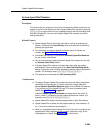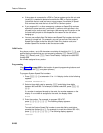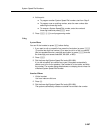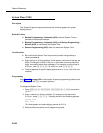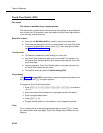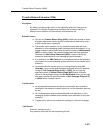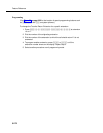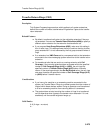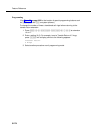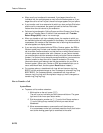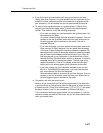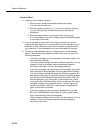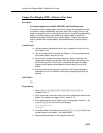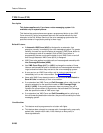
Transfer Return Rings (#105)
5-273
Transfer Return Rings (#105)
Description
This System Programming procedure, which applies to all system extensions,
defines the number of times a transferred call rings before it goes to the transfer
return extension.
Related Features
■ By default, transferred calls return to the originating extension if they are
not answered. You can use Transfer Return Extension (#306) to specify a
different return extension for the extension that transfers a call.
■ If you program Hunt Group Extensions (#505), make sure this setting is
four or more rings. This setting allows the call to continue hunting to other
group extensions if it is not answered by the first group extension where it
rings.
■ If an extension has VMS Cover active, unanswered calls to that extension
are routed to the voice messaging system rather than to the transfer return
extension.
■ For transferred calls that are sent to a covering extension with Call
Coverage: if the covering extension does not answer within the specified
number of Call Coverage Rings (#116) or (#320), the call rings the
specified number of Transfer Return Rings (#105) before it transfer
returns. If the covering extension has Do Not Disturb active, the call rings
one more time after the specified number of Call Coverage Rings (#116)
or (#320) before it transfer returns.
Considerations
■ If you have a fax machine or an answering machine connected to the
system, set Transfer Return Rings to a number greater than the number of
rings at which these devices answer. Doing so prevents a call transferred
to a fax or answering machine from returning before it is answered.
■ The system does not start counting the number of rings for a transferred
call (to determine when it goes to the transfer return extension if it is not
answered) until the transfer originator hangs up.
Valid Entries
0–9 (0 rings = no return)
4
✓



